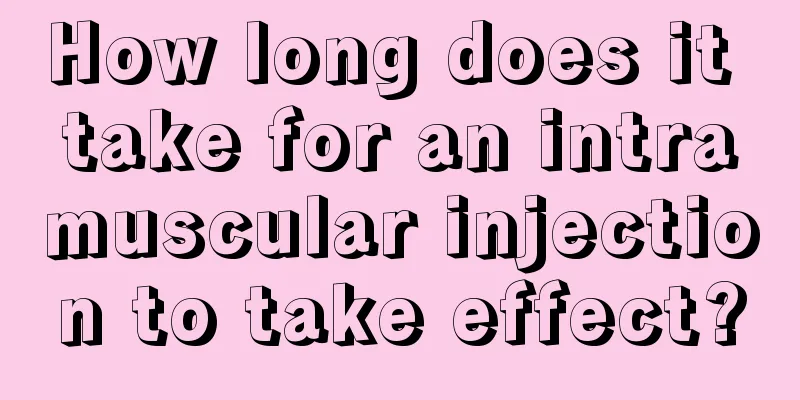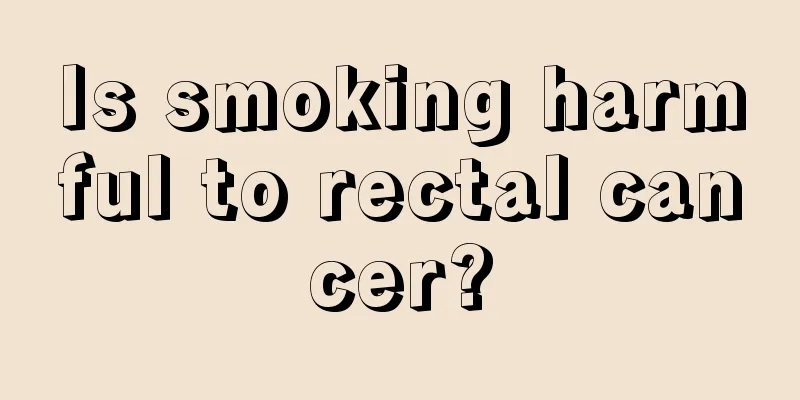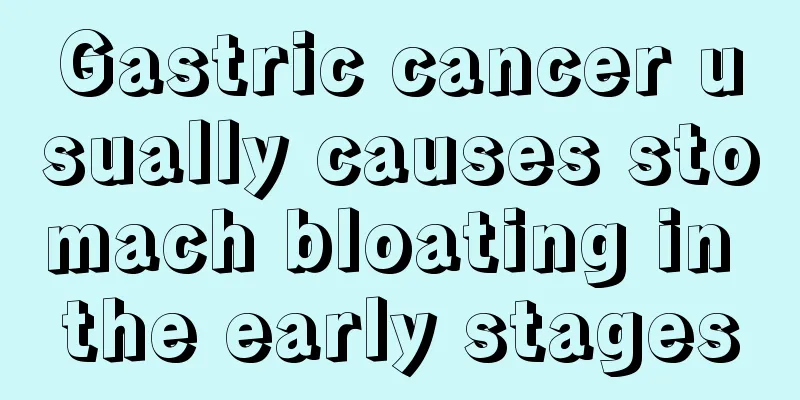What is the cure rate of tongue cancer

|
The cure rate of tongue cancer varies according to the stage of the disease. The cure rate can reach more than 90% in the early stage, but it is incurable in the late stage. Understanding the cure rate of tongue cancer can help us better understand this disease and take effective prevention and treatment measures. 1. Cure rate of early tongue cancer In the early stages, the cure rate for tongue cancer is very high, over 90%. This is mainly because early cancer is usually confined to the surface of the tongue and has not yet spread to other tissues or organs. With surgical removal or radiation therapy, the patient has a good chance of complete recovery. Early detection and treatment are key, so regular dental checkups and attention to oral health are very important. 2. Cure rate of mid-stage tongue cancer When tongue cancer develops to the middle stage, the cure rate drops to 40%-50%. At this point, the cancer cells may have spread to surrounding tissues, making treatment more difficult. Treatment usually requires a combination of surgery, radiotherapy, and chemotherapy. Although the chance of cure is reduced, long-term survival is still possible with active treatment. 3. Treatment goals for advanced tongue cancer Advanced tongue cancer is almost impossible to cure due to the widespread spread of cancer cells. The focus of treatment shifts to controlling the disease, alleviating symptoms, and prolonging life. Surgery, radiotherapy, chemotherapy and other treatments can help control the progression of cancer and improve the patient's quality of life. At this time, patients and their families need to work closely with doctors to develop personalized treatment plans. 4. Impact of tongue cancer Tongue cancer not only affects the movement and sensation of the tongue, but may also impair speech, swallowing, and even breathing functions. Early symptoms include non-healing ulcers on the tongue, tongue pain, and bad breath. If these symptoms occur, you should seek medical attention in time for early diagnosis and treatment. 5. Prevention and early detection The key to preventing tongue cancer is to develop healthy living habits, such as quitting smoking and limiting alcohol consumption, maintaining oral hygiene, and avoiding excessive stimulation of the tongue. Regular oral examinations can help detect potential problems early and improve the cure rate. For high-risk groups, such as long-term smokers, it is recommended to increase the frequency of examinations. 6. Psychological support and quality of life Psychological support is equally important when facing tongue cancer. Patients may face psychological pressure and mood swings during treatment, and the support of family and friends can help them cope better. Joining a support group or seeking professional psychological counseling is also a good choice. By understanding the cure rate and treatment of tongue cancer, we can better cope with this disease. Early detection and active treatment are the key to improving the cure rate, while good living habits and psychological support can help improve the quality of life of patients. I hope that everyone facing the challenge of tongue cancer can get the help and support they need. |
<<: How long can you live with advanced lung cancer
>>: Early symptoms of submandibular lymphoma
Recommend
What does the three-category blood test check?
Physical examination is a very important matter i...
Is the cure rate of ovarian cancer high?
In the treatment of ovarian cancer, common treatm...
Sleeping westward in winter is good for nourishing yin
In the course of human life, about 1/3 of the tim...
Measures to prevent and control smog
As many industries are becoming more and more dev...
What are the symptoms of nasopharyngeal carcinoma metastasis to the skull base? What are the metastatic pathways of nasopharyngeal carcinoma?
What are the symptoms of nasopharyngeal carcinoma...
How to determine whether it is rheumatism_How to know whether there is rheumatism
Rheumatism is now considered by medicine to be a ...
The wound scabbed and then became flesh-red and raised
In life, we have all encountered some bumps and b...
The incidence of esophageal cancer is caused by the following reasons
The incidence of esophageal cancer in oncology is...
What are the benefits of plums to the body
Plum is a fruit that everyone is familiar with. I...
What to do if blisters appear in mouth
When summer comes, the temperature will rise rapi...
How long does it take to recover after nasal polyps surgery
Nasal polyps are a very common disease in daily l...
Stretching before and after exercise
Stretching exercises are required before and afte...
What are the symptoms of central lung cancer? Four common symptoms of central lung cancer
There are many types of lung cancer, and central ...
Can I drink liquor if I have a cold and haven't taken medicine?
When people have a cold, they will feel very tire...
How much does glioma surgery cost
How much does it cost to have surgery for a gliom...









